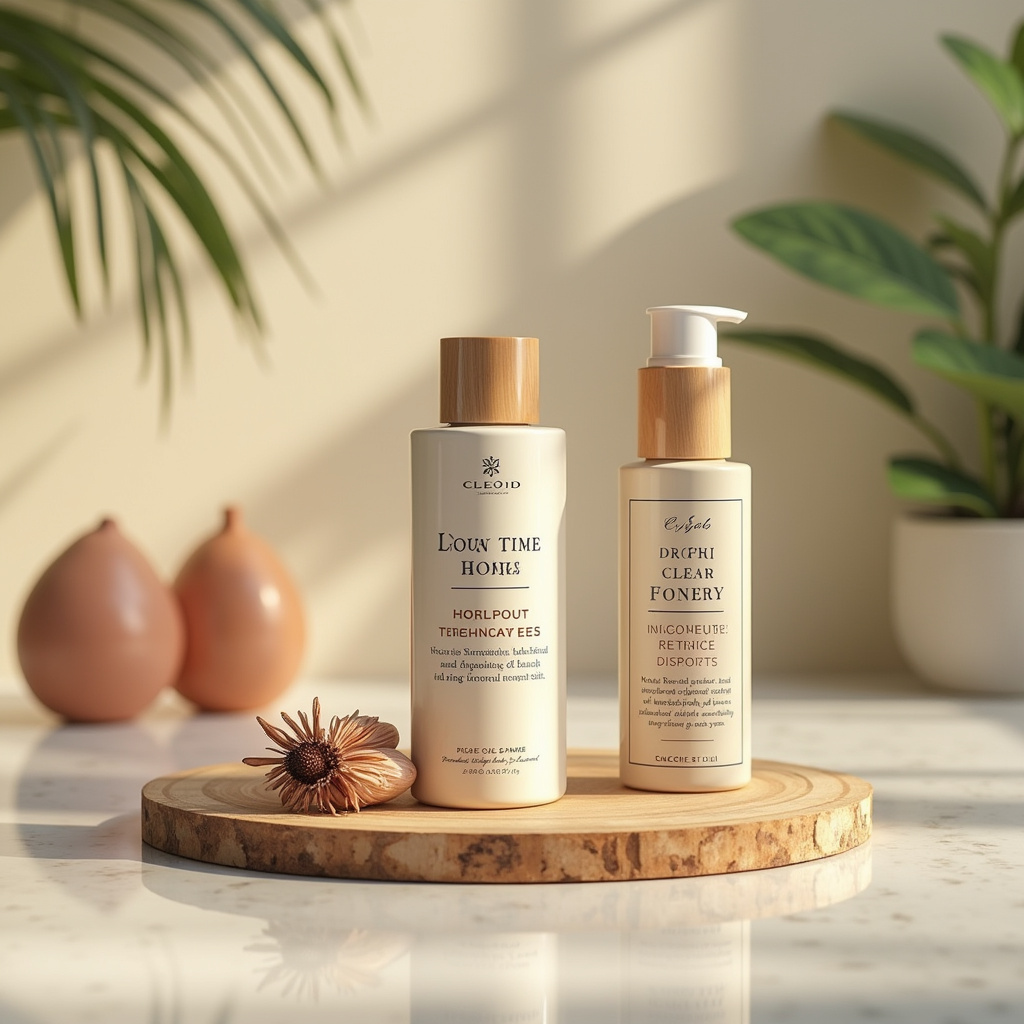Introduction to Clean Beauty
In recent years, the term “clean beauty” has gained a lot of traction in the skincare and cosmetics industry. But what does it really mean? Essentially, clean beauty refers to products that are made without harmful ingredients, focusing instead on the safety and ethics of their formulations. This has led to a passionate debate about the use of natural versus synthetic ingredients. In this article, we will explore both sides of the argument to help you make informed choices for your beauty routine.
The Allure of Natural Ingredients
Many consumers are drawn to natural ingredients, believing they are safer and more effective. Here are some reasons why:
- Perceived Safety: Natural ingredients, such as plant extracts and oils, are often seen as less likely to cause skin irritation or allergic reactions.
- Environmental Impact: Many natural products are biodegradable and produced through sustainable farming practices, appealing to environmentally conscious consumers.
- Historical Use: Natural ingredients have been used for centuries in traditional medicine and beauty practices, lending them a sense of reliability.
The Case for Synthetic Ingredients
On the other hand, synthetic ingredients have their own set of advantages that cannot be overlooked:
- Consistency: Synthetic ingredients can be manufactured to have a consistent chemical composition, ensuring that each product performs the same way every time.
- Research and Development: Many synthetic ingredients have undergone extensive research, proving their effectiveness in treating various skin concerns.
- Preservation: Synthetic preservatives can extend the shelf life of products, reducing waste and ensuring that consumers receive safe and effective formulations.
Understanding Ingredient Safety
One of the most significant concerns for consumers is safety. However, it’s essential to recognize that not all natural ingredients are safe and not all synthetic ingredients are harmful. For example:
- Natural ingredients like essential oils can cause allergic reactions or irritation in some individuals.
- Some synthetic ingredients, such as hyaluronic acid, are recognized for their hydrating properties and are widely used in skincare without adverse effects.
As a consumer, it’s crucial to research individual ingredients rather than relying solely on their classification as natural or synthetic.
Labeling and Marketing Confusion
The clean beauty market is also rife with marketing jargon that can confuse consumers. Terms like “organic,” “natural,” and “free from” can be misleading. Here are some tips to help you navigate this landscape:
- Check Certifications: Look for reputable certifications that indicate a product meets specific standards for clean beauty.
- Read Ingredient Lists: Familiarize yourself with common ingredients and their functions, whether natural or synthetic.
- Stay Informed: Follow credible sources and research to keep up-to-date on ingredient safety and efficacy.
The Importance of Personal Choice
Ultimately, the choice between natural and synthetic ingredients is a personal one. Consider your skin type, concerns, and values when selecting products. Some individuals may prefer to use products made from natural ingredients due to ethical beliefs or sensitivities, while others may rely on synthetic formulations to address specific skin issues.
Conclusion: Striking a Balance
In the end, the clean beauty movement encourages consumers to be more aware of what they are putting on their skin. While both natural and synthetic ingredients have their pros and cons, the most important factor is understanding how individual ingredients affect your skin. By making informed choices and being open to both natural and synthetic options, you can create a beauty routine that aligns with your values and needs.




